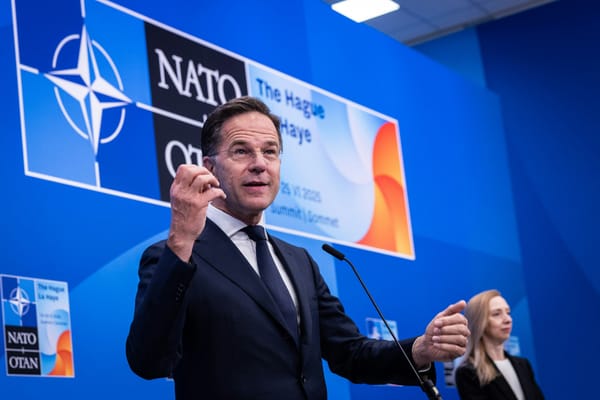
Danube bridge transforms Romania's road network
The opening of the Braila road suspension bridge puts Romania into the category of countries with leading road infrastructure, Romanian Road Infrastructure Administration Director Cristian Pistol told media at its inauguration ceremony, Digi24.ro reports.
The EUR 700mn project received EUR 363mn from the EU’s Cohesion Policy funds. According to Pistol, it will exponentially develop the respective economies of Tulcea and Braila counties in south-eastern Romania.
Speaking at the opening of the bridge, Romanian Transport Minister Sorin Grindeanu recalled: “in 2017, few believed in the success of this project – six years later, here we are, opening the bridge to traffic together.”
Europe’s third longest span
Spanning the River Danube, the bridge connects the city of Braila, eastern Romania, to the opposite bank in Tulcea county, via the national road DN2S.
The Braila Bridge is the fourth such link over the Romanian stretch of the River Danube, and the only one that spans its maritime section. Almost two kilometres long, it is the largest Danube bridge and Europe’s third-longest suspension bridge. The project as a whole has created approximately 20km of new road.
Pistol wrote: “The importance of this bridge is shown in all the speeches of the high-ranking officials present today at the opening event of circulation, organized on the Tulcan shore.
“The presence at the inauguration of President Klaus Iohannis, Senate President Nicolae Ciuca, Prime Minister Marcel Ciolacu, Transport Minister Sorin Grindeanu, and European Commissioner Adina Valean, also evince the project’s strategic importance.
“New business opportunities, jobs, increased safety and comfort are just some of the benefits this modern roadway will bring to the entire area,” Pistol added.
Italian, Japanese architects collaborated on project
The Braila Bridge, spanning the Danube, was officially inaugurated on July 6, 2023, nearly 4 years after the commencement of construction.
The bridge’s design and construction were carried out by the Italian-Japanese consortium, We Build (formerly Astaldi) – IHI Infrastructure, with the design and build phase costing approximately EUR 500mn.
As a dual-carriageway, the bridge is exclusively for automotive use, and inaccessible to cyclists and pedestrians. The road to the settlement of Jijila, Tulcea County, is expected to be completed by the end of the year.
Grindeanu said the bridge “serves as proof that the Romanian state knows how to invest and attract Europeans, knows how to strategically approach the development of the regions in Romania and above all knows how to create opportunities for new jobs.”
The two towers reach a height of 192m and the main bridge has a centre span of around 1,120m, making it the third longest in the EU, after the Great Belt Bridge in Denmark (1,624m) and Sweden’s Hoga Kusten Bridge (1,210m).





